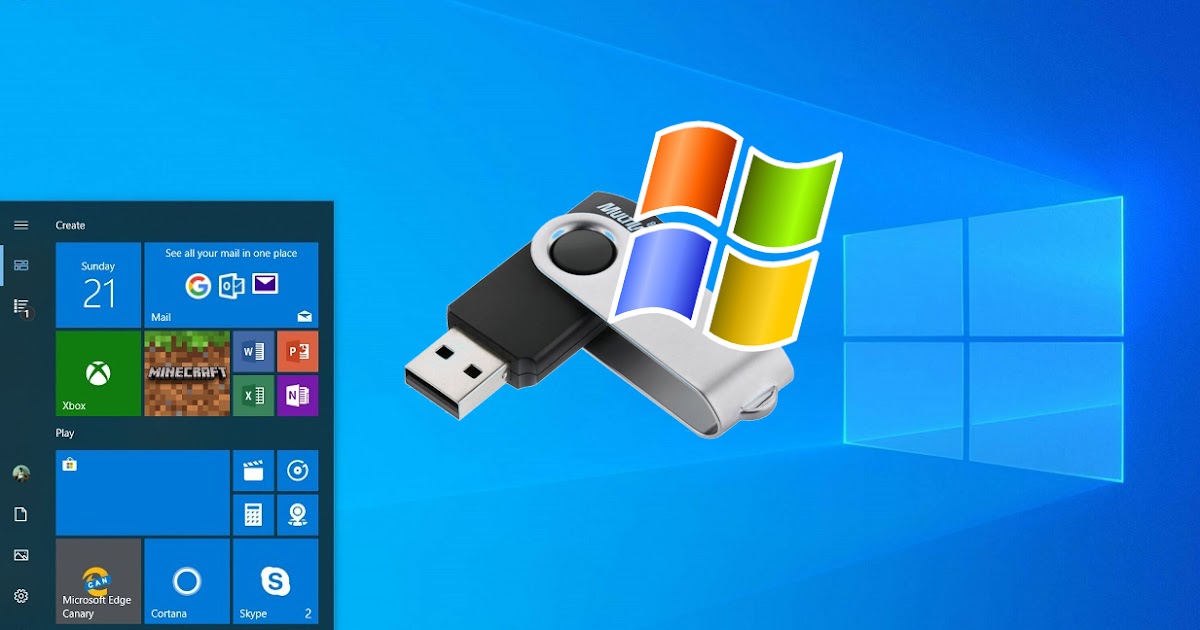
Then, open Settings (Windows + I), ensure that System is selected on the left sidebar, and click or tap on Recovery on the right panel.Īccess the Recovery settings in Windows 11Īlso on the right side of the window, locate the Advanced startup option.

How to boot from a USB drive using Windows 11’s Settings (without BIOS or UEFI)įirst, connect the bootable USB flash drive to a USB port on your Windows 11 computer. Here’s a guide that explains everything: Shortcuts for the UEFI BIOS & Windows 10’s Recovery Environment. TIP: If you want a faster way of accessing the Windows recovery environment, from where you can boot from a USB drive, creating a shortcut or knowing the command for that might come in handy. Your computer then restarts and boots from the USB flash drive you chose. Selecting the USB flash drive from which the PC should boot Next, you should see a list of devices your computer can boot from, including the USB flash drive that you plugged in. Windows 10 restarts and then shows a screen where you can Choose an option.

In it, click or tap the Restart now button.Īdvanced startup recovery options in Windows 10 Select Recovery on the left, and then scroll on the right side of the window until you find the Advanced startup section.

Then, open the Settings app and head to Update & Security. Start by plugging in the bootable USB flash drive to a USB port on your computer. How to boot from a USB drive using Windows 10’s Settings (without BIOS or UEFI) If you’d like guidance on that, check these tutorials: Windows 10 Media Creation Tool: Create a setup USB stick or ISO or Windows 11 Media Creation Tool: Create a setup USB stick or ISO. NOTE: If you want to boot from USB in order to install Windows 10 or Windows 11, you’ll first need to create the Windows installation drive.



 0 kommentar(er)
0 kommentar(er)
